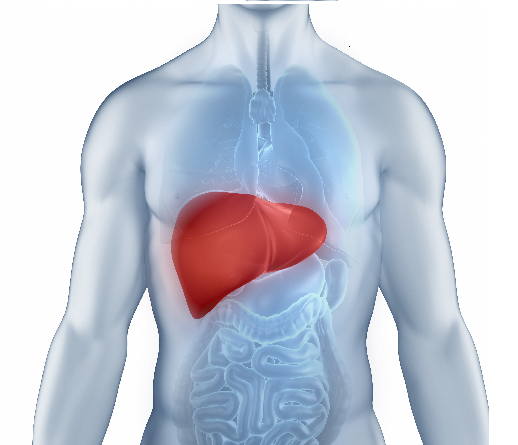Hives: Causes and Diagnosis

Hives allergy, medically known as urticaria, is a common skin condition affecting millions worldwide. Characterised by raised, itchy welts or rashes on the skin, can be uncomfortable and distressing. This blog will explore what hive rash is, its causes, symptoms, diagnosis, and, most importantly, how to prevent it.
What is hive rash?
In medical terms, hives are urticaria. It’s a skin condition that appears as raised, red, or pink welts or splotches. These welts can vary in size, shape, and location on the body and are often accompanied by intense itching, burning, or stinging. These can be as large as a dinner plate and as tiny as a pea. Hives (urticaria) can appear suddenly and usually for a few hours to a few days, but they can persist for longer periods.
What are the causes of hive disease?
Various factors cause hives and skin rashes. They can occur due to allergic reactions to specific food items or medicines. Additionally, they may result from other physical factors or underlying health conditions.
Here’s a detailed breakdown of hive causes:
-
Allergic Reactions
Allergic reactions to certain foods, medications such as antibiotics or NSAIDs, or environmental allergens like pollen can trigger hives. In these cases, the immune system releases histamines, which cause blood vessels to leak. This fluid accumulates in the skin and leads to inflammation and a skin rash.
-
Physical Triggers
Non-allergic or physical factors can also cause hives on the skin. Some of them are:
- Sunlight exposure
- Scratching or rubbing the skin
- Pressure on the skin
- Extreme temperatures
- UV light exposure from a tanning bed
- Water on the skin and vibration, though this is rare
These factors can directly stimulate the release of histamines or affect the immune response.
-
Underlying Medical Conditions
Certain medical conditions can lead to chronic hives. These conditions include:
- Autoimmune disorders such as rheumatoid arthritis.
- Viral or bacterial infections like flu, UTI, or a sore throat.
- Thyroid problems.
What are the symptoms of hive skin rashes?
Hive symptoms can appear anywhere on the body. They may look like mosquito bites, but they differ in several ways. Some common hive symptoms are:
- They’re red on the outer rim and white in the centre.
- They can change shape, move, and come and go quickly.
- They usually appear suddenly and disappear rapidly.
- Localised itching.
What are the Different Types of Hives (Urticaria)?
There are two main skin allergy types:
-
Acute Hives
Acute hives are short-lived and typically last less than six weeks. Allergic reactions are the most common underlying causes of acute hives. Some acute hives can coincide with anaphylaxis, a severe and potentially life-threatening allergic reaction.
-
Chronic Hives
In contrast, chronic hives persist for over six weeks, often extending for months or years. Chronic hives can be classified into two subcategories:
- Chronic Spontaneous Urticaria: Hives appear without any known trigger.
- Chronic Inducible Urticaria: Hives have known triggers.
Chronic inducible urticaria can be divided into physical and non-physical urticaria, depending on the causes of the chronic hives.
Physical hives are caused by rubbing, pressure, exercise, exposure to cold or heat, sun, or vibrations. On the other hand, non-physical hives are triggered by non-physical factors such as warming the body, sweating, and contact with certain substances or water.
How are hives diagnosed?
Diagnosing a hive rash involves a medical evaluation by a dermatologist. The primary hives tests used to identify the kinds of skin allergies include:
- Skin Prick Test: During this hive test, healthcare providers apply various allergens to one’s skin. If the skin becomes red or swells in response to a particular substance, it indicates an allergy. This kind of skin allergy test is also known as a scratch test. This diagnosis method is not used for chronic hives.
- Blood Tests- Another hive test is a blood test, which identifies certain antibodies in the bloodstream. A person’s body produces antibodies to combat allergens. Therefore, if someone’s body produces excessive antibodies, they can develop a skin allergy.
How to manage hives disease?
Doctors prescribe the necessary medications depending on a person’s skin rash type. However, there are several ways in which one can manage hive rash at home. People may follow these steps:
- Despite the intense itching, refrain from scratching the affected areas.
- If the hives rash is very itchy, apply a cool compress to the affected region for 20 minutes, or use itch cream or lotion on the skin as the doctor prescribes.
- Avoid wearing tight-fitting clothing, and opt for 100% cotton attire.
- Switch to unscented or dye-free soaps and detergents for washing one’s skin.
- Take lukewarm baths and gently apply the cleanser using one’s hands. Avoid using a loofah or a washcloth, as they can exacerbate the hive rash.
Hives (urticaria) are a common and often distressing skin condition characterised by itchy, raised welts on the skin. While a hive rash can be uncomfortable, with appropriate treatment and preventive measures, one can effectively manage this condition and find relief from its symptoms.
However, the first step in the treatment process is diagnosis. So, if a person suspects that they might have a kind of skin allergy, they must consult a doctor and book a skin allergy test immediately. These tests help identify the specific types and causes of skin allergies, allowing immediate action.













